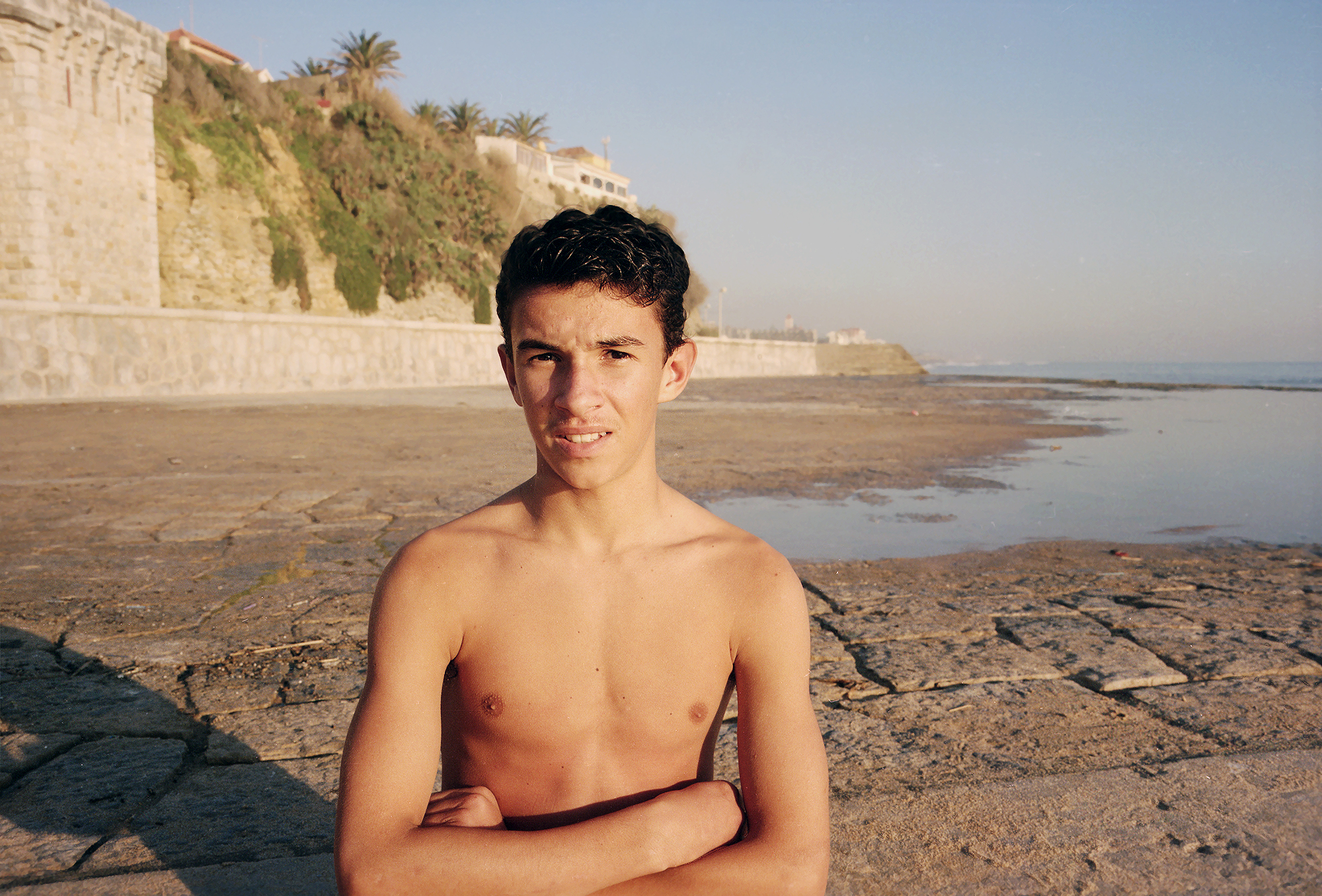
Rob Small
Surfers Against Sewage, First Parliament Demo, 1990
C-Type Print from Colour Negative Film, 36 x 24 inches
Between 1989 and 1993, Hughes created portraits of surfers in Britain and Portugal. In 1993, he became the first artist-in-residence at the Tate Gallery St Ives, a small Cornish fishing community with a rich artistic history dating back to Victorian times. The town has long attracted artists, including Barbara Hepworth, Naum Gabo, Alfred Wallis, and even Mark Rothko.
During his residency, Hughes collaborated with local surfers and Surfers Against Sewage (SAS) to co-curate Sea Fever, a series of workshops and activities that led to the design and production of a Tate St Ives surfboard. Hughes first partnered with SAS in 1991, using his photography to highlight the environmental challenges facing coastal areas, particularly marine litter and pollution. SAS, an environmental charity dedicated to protecting oceans, waves, beaches, and wildlife, campaigns against sewage pollution, plastic waste, climate change, and harmful coastal development. His collaboration with SAS has contributed to various campaigns and exhibitions, amplifying the urgency of marine conservation. Through these efforts, Hughes' work has played a key role in raising awareness and supporting SAS’s mission to create cleaner, safer, and more sustainable coastal environments.

Rob Small
Surfers Against Sewage, First Parliament Demo, 1990
C-Type Print from Colour Negative Film, 36 x 24 inches

Body Boarder
Location: Costa De Caparica, Portugal, 1990
C-Type Print from Colour Negative Film, 36 x 24 inches

Surfer Boy
Location: Cascais, Portugal, 1990
C-Type Print from Colour Negative Film, 36 x 24 inches

Body Boarder
Location: Costa De Caparica, Portugal, 19901.2
C-Type Print from Colour Negative Film, 36 x 24 inches

Surfer
Location: Costa De Caparica, Portugal, 1990
C-Type Print from Colour Negative Film, 36 x 24 inches

Body Boarder
Location: Costa De Caparica, Portugal, 1990
C-Type Print from Colour Negative Film, 36 x 24 inches

Surfer
Location: Peniche, Portugal, 1990
C-Type Print from Colour Negative Film, 36 x 24 inches

Surfer
Location: Costa De Caparica, 1990
C-Type Print from Colour Negative Film, 36 x 24 inches

Surfer
Location: Super Tubes, Portugal, 1990
C-Type Print from Colour Negative Film, 36 x 24 inches

John
Location: Croyde, North Devon, England, 1990
C-Type Print from Colour Negative Film, 36 x 24 inches
Drag and Drop Website Builder